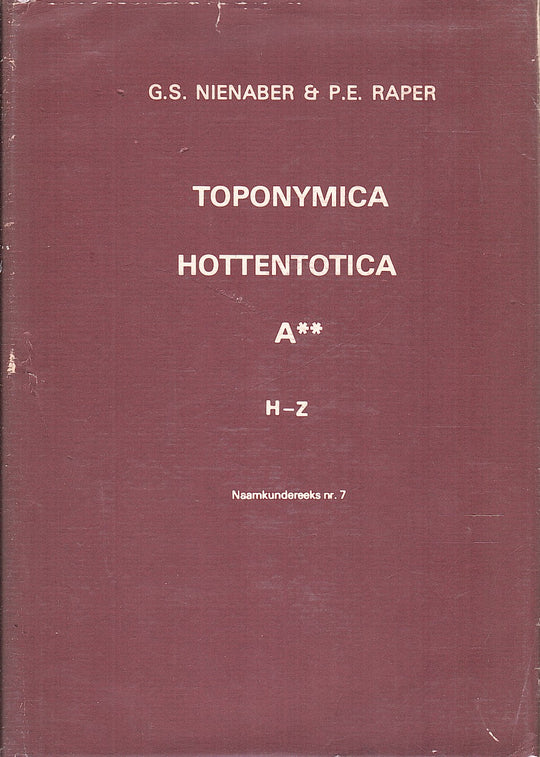ǀNomatsaus
It is Farm No. 28, Dist. Caribib, and located east of Otjimbingwe on the Swakop. Namahaus, like on the 1912 chart, is probably heard, believe Mrs. Holy. It can be understood as Nama-aus = Namabron, or as Noma- ǀ aus = fig tree, but the registered name is nomat sauce. TSA (without the post-sealing as with Mrs. Holy) is without doubt. Schultze 1904-5 Anuk 161 says about this O.A. 'The Hottentotten Scheinen Für Den Begriff 'Puts' Keine Eigene Bezeichnung Zu Haben; IM BergdamaradiaLekt Wird Sie Tsaus Genannt ', also spelled Tsous (Rust 1960 DNW 72), but then as Nama Word. Mrs. Give Holy to the fig tree ǀ Homa, who represents the change H and N-once (5 d 6). This is the ficus sycomorus, common name is the wild tree (Smith 1966 cnsap 552), and Schultze Anuk 200 Translation ǀ Noma-S also with 'wild feige'. We emphasize the emphasis because Rest 1960 DNW 21 The ǀ Noma translated with 'Gartenfige' versus ǀ Gowe-S = 'Wild Feige', also in Kr.-r. 1969 NW 292 is ǀ Noma-S the Makvy. Mrs. Holy has identified it botanically, and there is no doubt that the ǀ Noma (ǀ Homa) is the sycam tree. If it was the garden, it could have had a piece of agricultural value. So: The 'Wildevypeboomfontein'.




